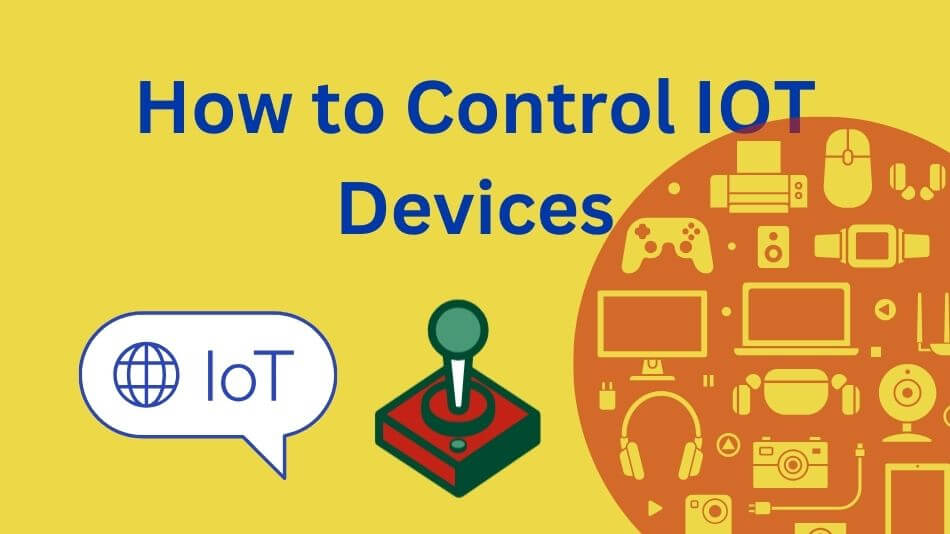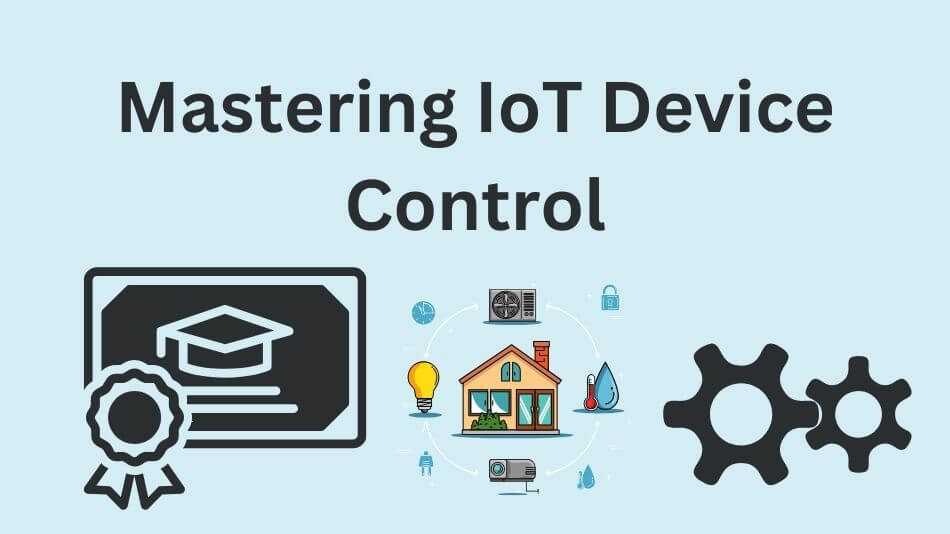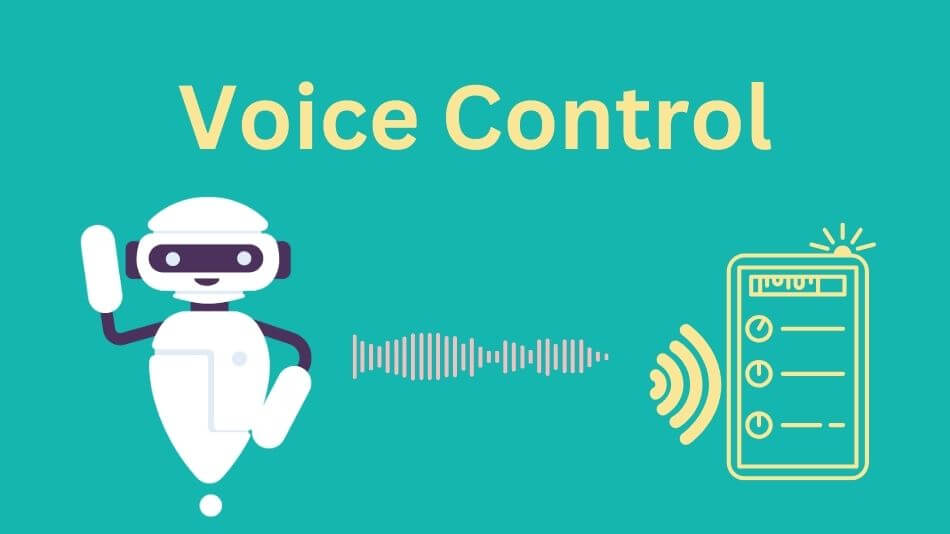Introduction: How to Control IOT Devices

Modern society has come to rely on Internet of Things (IoT) devices, providing convenience and efficiency as never before.
From smart thermostats to connected kitchen appliances, these IoT devices have become essential – but to get the best use out of them requires understanding their control effectively.
This article seeks to demystify IoT device control, providing insight into its various methods, communication protocols, and security measures.
No matter whether you are new to IoT or looking to enhance an existing setup – this guide has you covered!
Mastering IoT Device Control
Setting Up Your IoT Devices
Before diving into control methods, let’s ensure your IoT devices are set up correctly:
- Device Selection: Choose devices that suit your needs and work well with your existing tech ecosystem.
- Secure Network: Connect your IoT devices to a secure Wi-Fi network with a robust, unique password.
- App Installation: Download and install the manufacturer’s app for each device to configure settings and control them.
Different Methods for IoT Control

Smartphone Apps
Convenience at Your Fingertips Smartphone apps are the most common way to control IoT devices. Here’s how to do it
- Download the dedicated app for your IoT device from your app store.
- Create an account or log in if needed.
- Follow the manufacturer’s instructions to connect your device to the app.
- You can now control your IoT device seamlessly through your phone.
Voice Control

The Future of IoT Voice assistants like Amazon Alexa and Google Assistant bring a touch of magic to IoT control. Set up voice control in these simple steps:
- Link your IoT device with your chosen voice assistant.
- Use voice commands to control your devices with ease.
- For example, say, “Alexa, turn off the lights.”
Web Interfaces
Traditional Control Some IoT devices offer web-based interfaces for control. Access your device’s IP address through a web browser, log in, and configure settings as needed.
Smart Hubs
Centralized Management Smart hubs like Samsung SmartThings act as central controllers for various IoT devices.
Connect your devices to the hub and manage them all from a single app.
Navigating IoT Communication Protocols
MQTT (Message Queuing Telemetry Transport)
Lightweight and Efficient MQTT is a lightweight, efficient protocol suitable for IoT devices with limited processing power and bandwidth.
HTTP/HTTPS
Standard and Secure Many IoT devices use standard HTTP or its secure counterpart, HTTPS, for communication. These protocols are well-supported and secure for data transfer.
CoAP (Constrained Application Protocol)
IoT-Focused CoAP is designed for resource-constrained IoT devices, making it ideal for environments with low power and limited bandwidth.
Ensuring IoT Device Security
Prioritizing security is crucial when it comes to IoT device control. Follow these best practices:
- Keep device firmware up to date to patch security vulnerabilities.
- Use strong, unique passwords for each device.
- Enable two-factor authentication when available for an added layer of security.
- Isolate your IoT devices on a distinct network from critical systems to minimize potential risks.
- Regularly review and manage device permissions and access control settings.
Frequently Asked Questions About How to Control IOT Devices

Q1: Can I control multiple IoT devices from a single app?
Yes, many IoT device manufacturers provide apps that allow you to manage multiple devices conveniently from one interface.
Q2: Are there privacy concerns with IoT devices?
Absolutely. IoT devices can raise privacy concerns. Be sure to review and modify privacy settings, avoiding sharing sensitive information through these devices.
Q3: What should I do if an IoT device becomes unresponsive?
If an IoT device stops responding, try power-cycling it, checking for firmware updates, and ensuring it’s still connected to your network. If issues persist, reach out to the manufacturer’s support team for assistance.
Conclusion: How to Control IOT Devices

Simplifying IoT device control empowers you to make the most of your smart home.
Whether you prefer smartphone apps, voice commands, or web interfaces, understanding these methods and communication protocols is essential.
Prioritize security to safeguard your data and privacy while enjoying the convenience of IoT technology.
Armed with this knowledge, you’re well-equipped to navigate the world of IoT device control and elevate your smart home experience.
